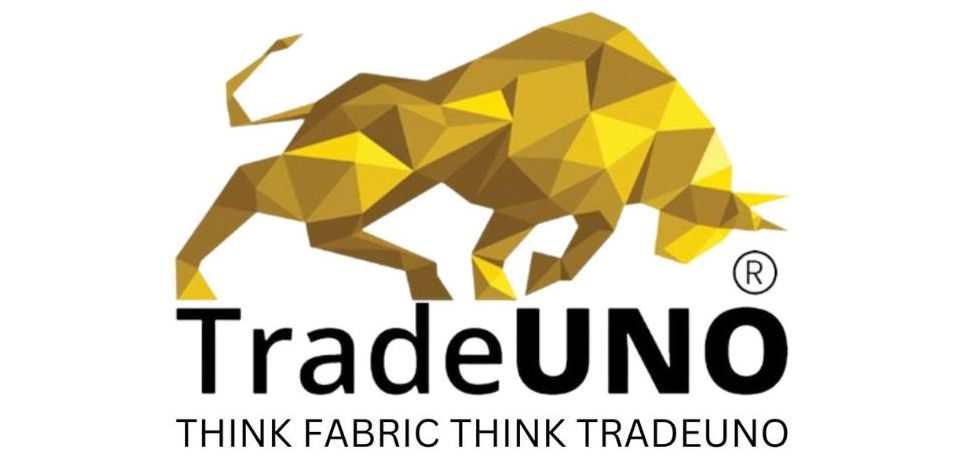About Ombre Fabric
A material with an ombre effect is one that has shades that blend into one another naturally, usually going from light to dark or the other way around. The term "ombre" comes from a French word that means "shaded" or "shadowed," which aptly describes the way the cloth gradually changes color. Because of its eye-catching look, ombre fabric is a popular choice in fashion, particularly for shirts, dresses, scarves, and home décor. It also gives clothes depth and dimension.
Features of Ombre Fabric
Gradual Color Transition: The seamless transition from one color to another, which can vary from modest color shifts within the same hue to striking color contrasts between various hues, is the most characteristic aspect of ombre fabric.
Versatility: Cotton fabric, silk fabric , chiffon, and synthetic blends are just a few of the materials that can be used to create ombre fabric. This makes it suitable for a variety of dress codes, including business and formal wear.
Customization: You can adjust ombre effects to suit your own tastes. While some designs have subtle, muted gradients, others have striking, dramatic color transitions.
Applications of Ombre Fabric
Clothes: To create a chic, contemporary appearance, ombre fabric is frequently used in shirts, dresses, skirts, and scarves. Even basic apparel designs gain a distinctive, attention-grabbing element from the progressive color transition.
Home Décor: Ombre fabric is also a popular color for bedding, cushion fabric, and curtain fabrics, among other home textiles. The gradient effect gives interior spaces a subtle, creative flair.
Accessory items: To improve the visual appeal of fashion accessories such as belts, handbags, shawls, and ties, ombre is sometimes employed.
How to Make Ombre Fabric:
A range of dyeing methods, such as dip-dying, spray-dying, or digital printing, can be used to make ombre cloth. The gradient effect in dip-dying is achieved by gradually lifting the cloth out of a dye bath after it has been partially submerged in it. Applying varying dye concentrations to distinct fabric regions is known as spray dyeing. Extensive digital printing methods can also precisely provide the ombre effect.
Why to choose Ombre Fabric:
Visual Appeal: The color gradient of an ombre provides depth and draws attention to any outfit or cloth.
Customizable: An enormous variety of color schemes and gradient patterns enable the creation of one-of-a-kind, customized designs.
Versatile: Ombre fabric may be tailored to suit a wide range of fashion needs and tastes, making it appropriate for both formal and informal attire.
Washing Instructions for Ombre Fabric
- Always check the care label on your ombre garment for specific washing instructions, as the fabric type (cotton, silk, chiffon, etc.) may have particular care requirements.
- For delicate ombre fabrics, hand washing is the safest option.
- Use a low heat setting to iron ombre fabrics. Some delicate fabrics like silk or chiffon may not require ironing, so check the care label.
FAQs
What types of fabrics can be used for ombre designs?
Many types of fabrics can be used to create ombre effects, including cotton, silk, chiffon, rayon, linen, and synthetic blends. The versatility of ombre dyeing means it can be applied to both lightweight and heavy fabrics.
Does the ombre effect fade over time?
Like most dyed fabrics, the ombre effect can fade over time, especially with exposure to sunlight, heat, or harsh washing methods. To preserve the colors, use gentle care, wash in cold water, and avoid direct sunlight when drying.
Can I customize my ombre fabric?
Yes, ombre fabrics can be customized in terms of color combinations, gradient styles, and intensity of the transition. Some fabrics feature subtle, soft gradients, while others have bold and dramatic color shifts.

 Call Us
Call Us